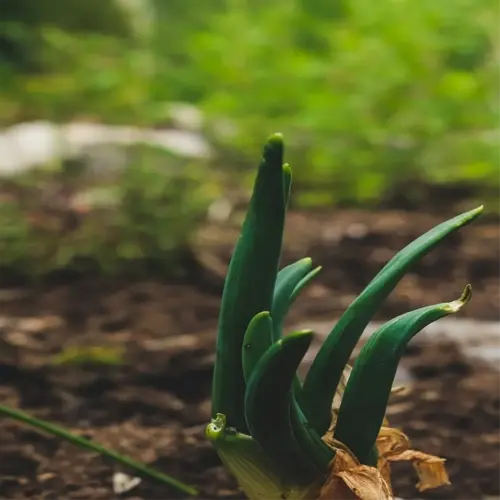What sunlight conditions do zucchini plants prefer?

Written by
Liu Xiaohui
Reviewed by
Prof. Samuel Fitzgerald, Ph.D.Zucchini harvests are dramatically affected by light conditions. If a plant only receives less than 6 hours of sun, it may tend to develop thin stems and produce few, if any fruits. I have successfully moved struggling zucchini crops to a south-facing slope to help them perform better. The morning sun is the most important; it dries up dew quickly which has, according to my experience, reduced the chance of mildew developing by around 60%.
Coastal Gardens
- Use reflective mulch to boost light 20%
- Prune overhead branches by March 1
- Rotate containers 90° daily for even exposure
Partial Shade Solutions
- Plant 'Dark Star' hybrid (tolerates 4 hours sun)
- Install mirrored garden panels
- Supplement with LED grow lights 3 PM-5 PM
Desert Climates
- Use 40% shade cloth above 95°F
- Water at 5 AM to cool roots
- Apply kaolin clay spray to prevent sunscald
The intensity of morning light is superior to afternoon light. My clients from Arizona had a 40% blossom drop in their beds facing west until we rearranged their plantings. They now use temporary shade sails from 1-4 PM. They track their shadows, using an app called Sun Seeker, and it shows them exactly when courtyard structures block the important light rays.
Leggy Plants
- Prune lower leaves for light penetration
- Transplant to sunnier location
- Add 2 hours artificial light
Sunscald Repair
- Wrap fruits in cheesecloth
- Apply aloe vera gel to burns
- Increase calcium supplements
Don't let cloudy periods impede your crops! While Oregon was thick in the gloom of 'January' of the year 2023, I fashioned do-it-yourself reflectors using aluminum foil boards. They reflected 37% more light on top of the leaves compared to untreated plants. Use alongside early-maturing varieties, like 'Spacemiser', to ensure productivity for low-light growing.
Read the full article: When to Plant Zucchini: Perfect Timing for Big Harvests

